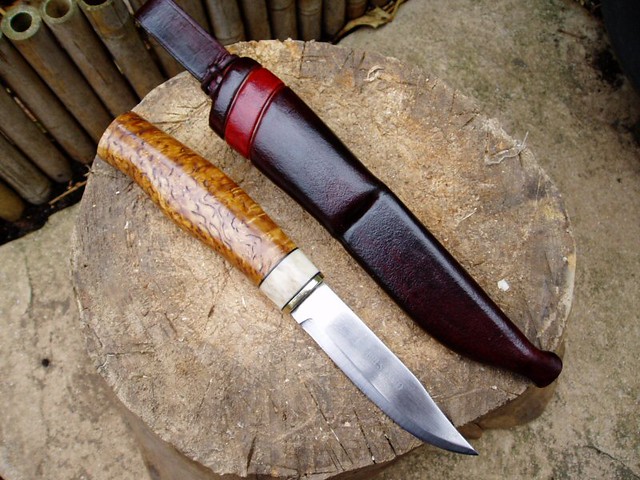Has anybody here stain a curly birch handle with walnut coulour stain?
I think it will really emphasise the difference in grain. Going to pantina the blade and coat the handle in bees/carnuba wax. I like the dull shine.
Should I use boiled linseed after I've stained it for extra protection or will the wax be enough?
If you've done it can I see a pic please and did it work out well?
I think it will really emphasise the difference in grain. Going to pantina the blade and coat the handle in bees/carnuba wax. I like the dull shine.
Should I use boiled linseed after I've stained it for extra protection or will the wax be enough?
If you've done it can I see a pic please and did it work out well?

